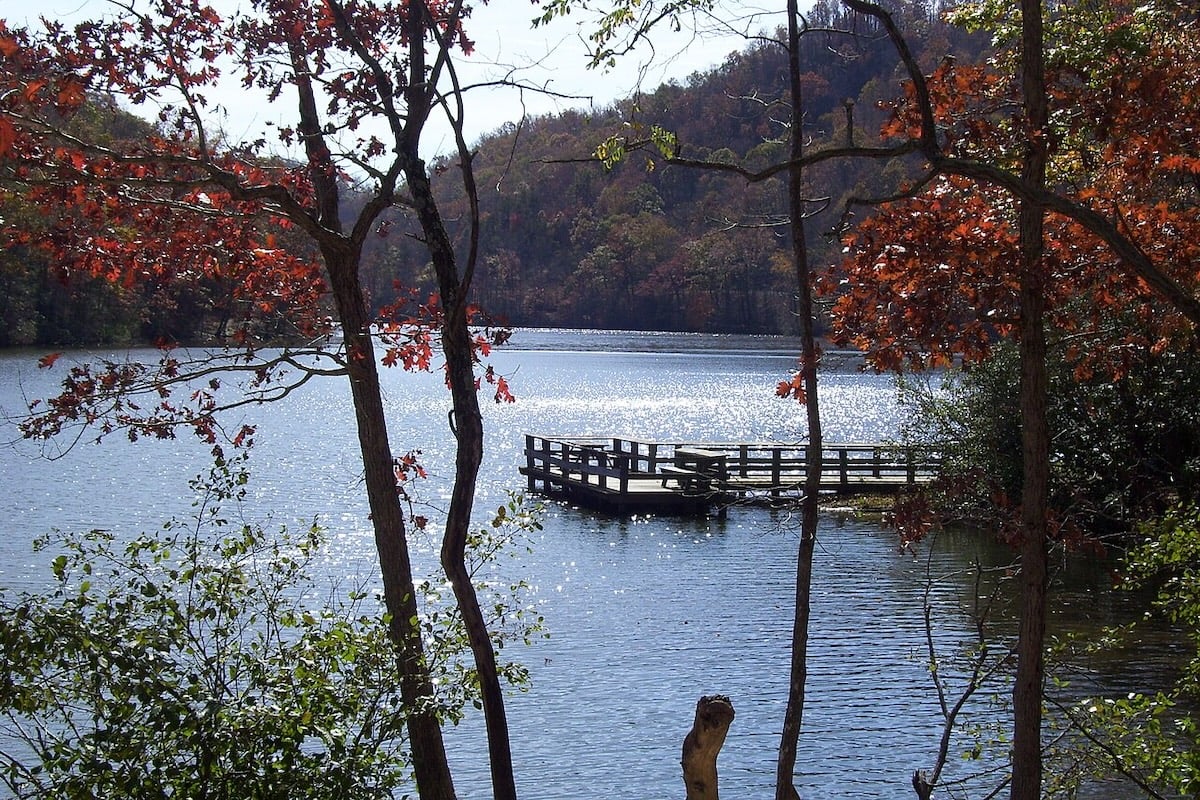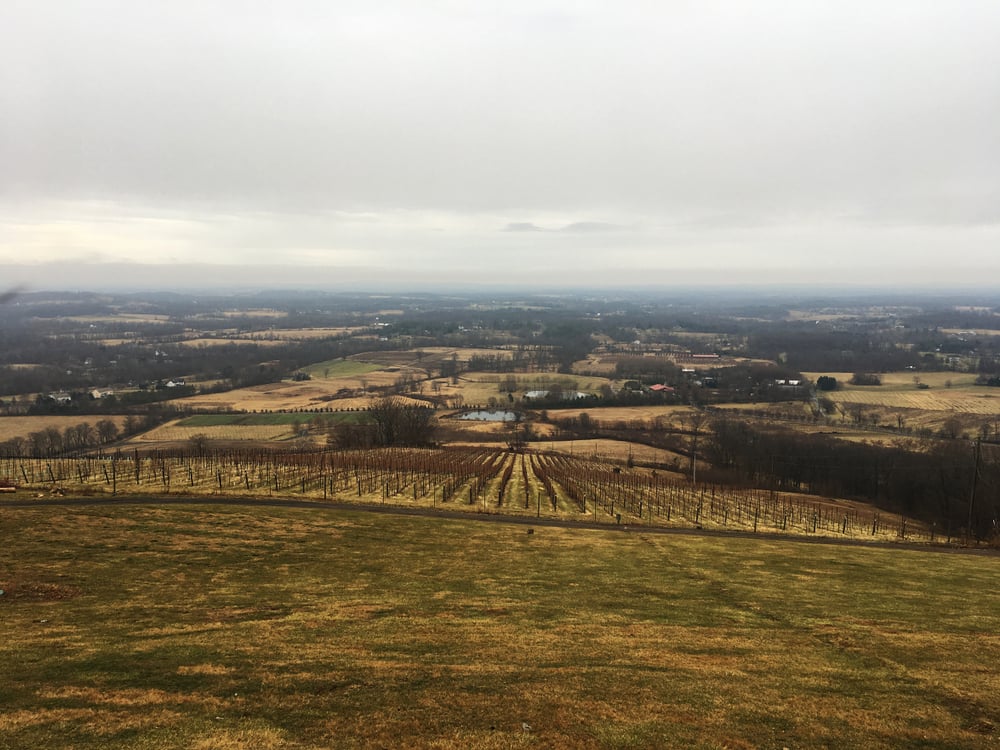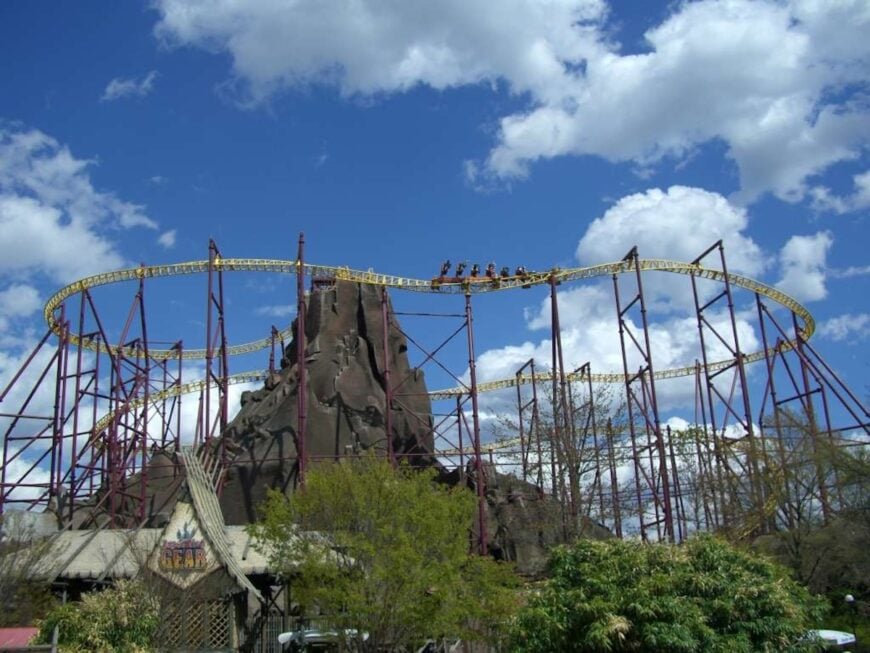
You think you understand ’80s nostalgia? Try growing up in Virginia during the Reagan years, when Busch Gardens meant bragging about surviving the Loch Ness Monster, Richmond felt like a capital of the world even if nobody else thought so, and school trips to Williamsburg doubled as time travel. Childhood here was its own mash-up: Southern charm colliding with suburban sprawl, Tidewater humidity mixing with Blue Ridge breezes, and just enough local weirdness to make every memory feel bigger than it was.
25. Hit Radio Playing the Soundtrack of Your Life
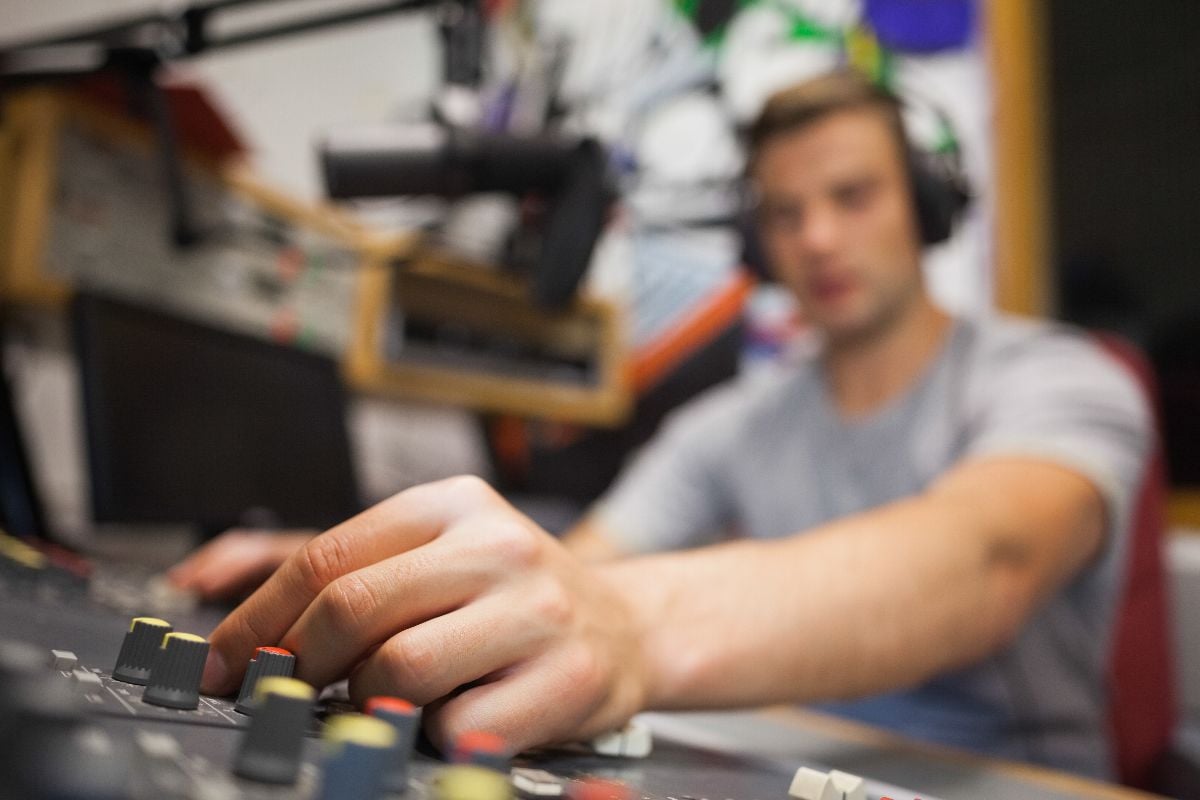
In the ’80s, every Virginia kid had a hometown station that practically raised them. Richmond kids swore by WRVQ, better known as Q94, where the same Top 40 hits looped all summer long. Down in Hampton Roads, dials bounced between WGH-FM at 97.3 when it branded itself Y-97, WNVZ Z104 once it hit stride mid-decade, and WOWI 102.9, which leaned into R&B and hip-hop. Out west, Roanoke had K92 on 92.3 FM, a station that launched in 1980 and instantly became a legend for Southwest Virginia kids. And in Northern Virginia, you often tuned right across the river into DC, picking up WPGC or WMAL-FM for the freshest sounds.
The ritual was the same whether you were in Richmond, Norfolk, Roanoke, or Fairfax: lying on your bed with a boom box, finger hovering over the record button, waiting for the first chords of your favorite song before the DJ talked over it. If you nailed the timing, your mixtape was golden; if you didn’t, you lived with the awkward cut and pretended it was artistic.
These stations didn’t just play music — they set the pace of childhood. Cruising the strip at Virginia Beach, sitting in traffic on I-95, or rolling through the Blue Ridge, the same songs were on every kid’s lips. Top 40 FM wasn’t background noise; it was the state’s unofficial babysitter, social calendar, and mood ring all rolled into one.
24. Skate America and Roller Rinks Everywhere
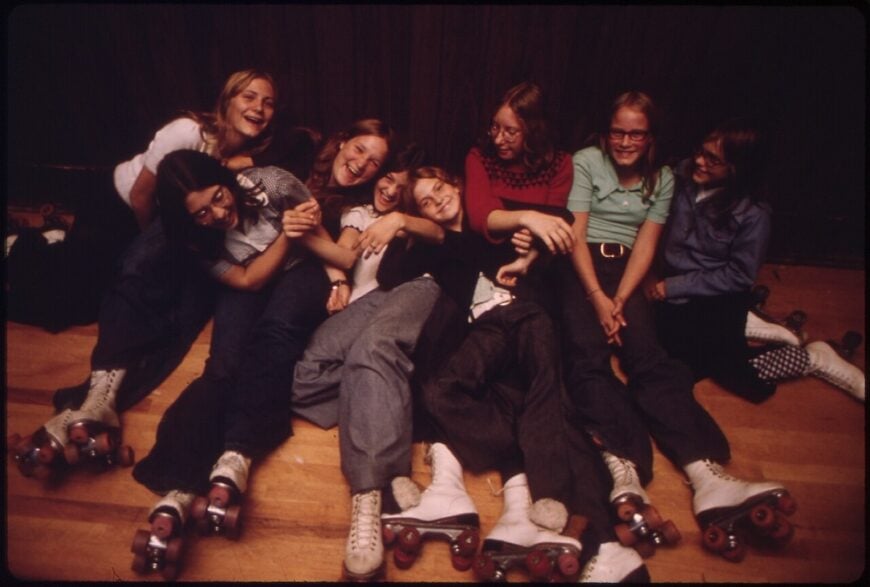
Virginia kids in the ’80s had their first taste of independence under the glow of a roller rink disco ball. Parents dropped you off at Skate America in Roanoke or the neighborhood rink in Richmond, and suddenly you were in a universe of neon, fog machines, and Top 40 hits that looped like they were on permanent repeat.
You clung to the rail for the first lap, then worked up the courage to coast into the middle, praying you wouldn’t wipe out during “Couples Skate.” If you did, you hoped it happened before “Total Eclipse of the Heart” hit its big note. Roller rinks were equal parts social minefield and training ground for future dance moves.
Concession stands smelled like nachos, burnt popcorn, and Orange Crush. Prize counters hawked glow sticks and slap bracelets like treasure. And if you managed to impress someone during the Hokey Pokey, that was basically your first love story.
23. Richmond Feeling Like a Real City
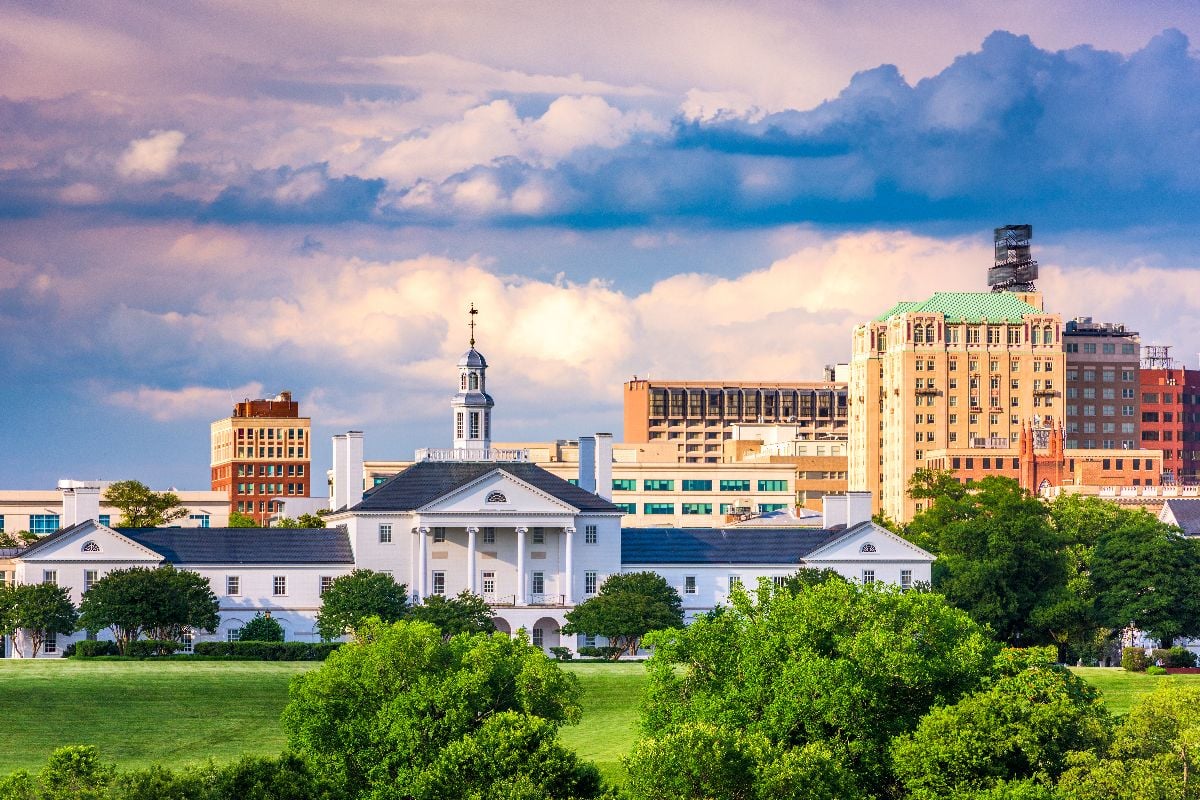
Richmond in the ’80s had that perfect balance of urban sophistication and Southern charm that made it feel important without being overwhelming. Downtown had character, the Fan District was affordable for normal people, and Monument Avenue felt genuinely historic rather than controversial.
You’d go to Richmond Coliseum for concerts and sporting events that made the city feel connected to the bigger world. The James River was clean enough for tubing, and Maymont Park was your family’s favorite free entertainment.
Richmond felt like it was going somewhere interesting. The city had ambition and character that made growing up there feel special. It was big enough to matter but small enough to feel like home.
22. GWAR Before Anyone Outside Virginia Knew Who GWAR Was
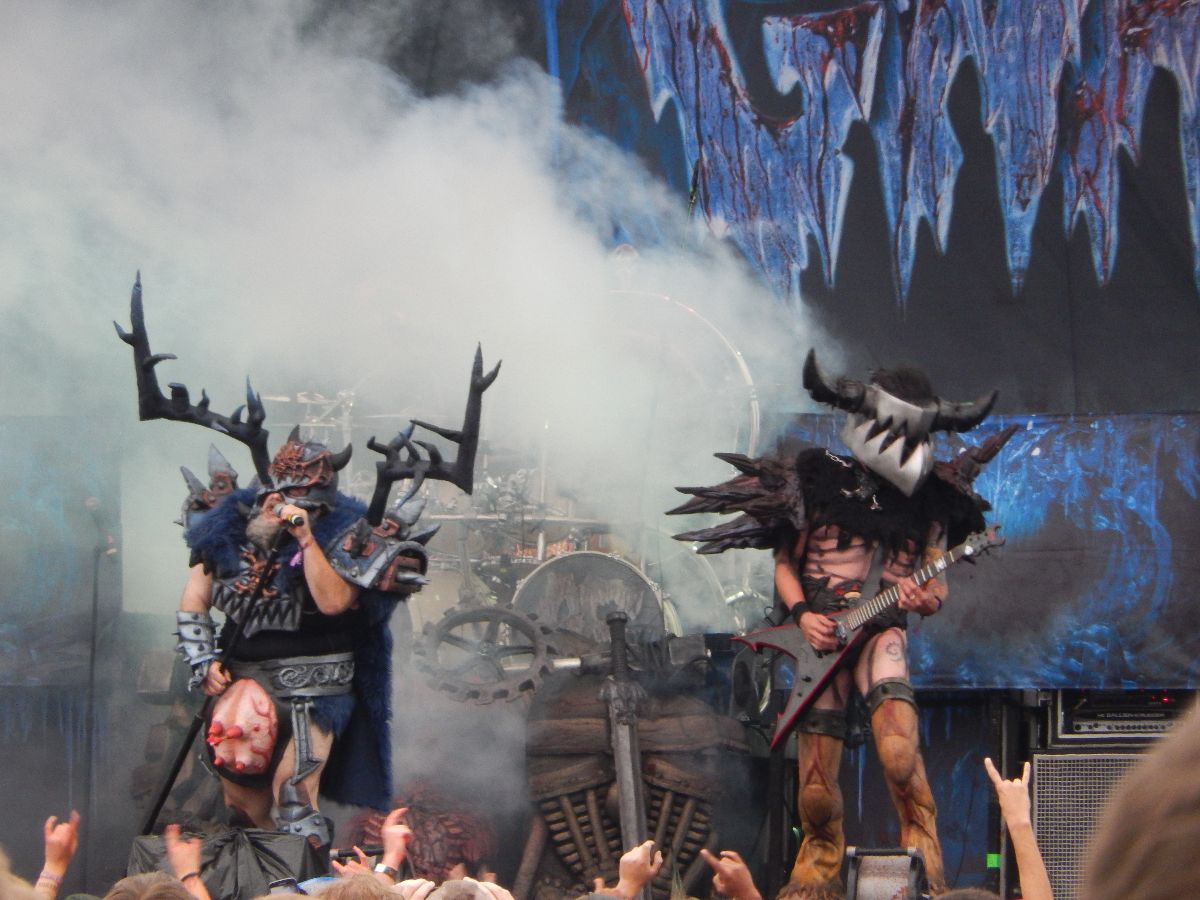
GWAR was Richmond’s secret weapon—a metal band so outrageous and theatrical that they seemed like science fiction until you saw them live. They were local celebrities who happened to be creating some of the most bizarre performance art in America.
You’d see GWAR stickers around town and feel like you were part of an inside joke that the rest of the world hadn’t figured out yet. Their shows at local clubs were legendary events that felt like exclusive previews of something that was destined to become famous.
GWAR represented everything great about Virginia’s music scene—creative, weird, uncompromising, and totally confident in their own vision. They proved that you didn’t need to move to New York or LA to create something genuinely original.
21. Feeling Like Virginia Was the Center of American History

Growing up in Virginia in the ’80s meant feeling connected to the founding of America in ways that kids from other states couldn’t understand. Washington, Jefferson, Madison, Monroe—they weren’t just historical figures, they were neighbors who happened to live a few centuries earlier.
You’d visit Monticello, Mount Vernon, and other presidential homes on school trips that felt like visiting family rather than touring museums. Virginia history was American history, and American history was your personal heritage.
The state felt like it had shaped the country rather than just participated in it. From Jamestown to the Civil War to the Cold War, Virginia had been at the center of every major American story.
Living in Virginia meant understanding that you were part of something larger and more important than just regional identity. You were connected to the ideas and
20. Snow Days That Actually Closed Everything

Virginia snow days in the ’80s were magical because two inches of snow would shut down the entire state. Schools closed, businesses closed, and everyone acted like the apocalypse had arrived, even though the snow would be gone by noon.
You’d wake up to radio announcers reading endless lists of closings while you waited to hear your school district. The anticipation was better than Christmas morning because snow days were unexpected gifts that couldn’t be planned or anticipated.
Virginia’s inability to handle snow was embarrassing and wonderful simultaneously. The state would panic over weather that northern states considered light dusting, but that panic created impromptu holidays that felt like magic.
19. When Tysons Corner Was Just a Mall
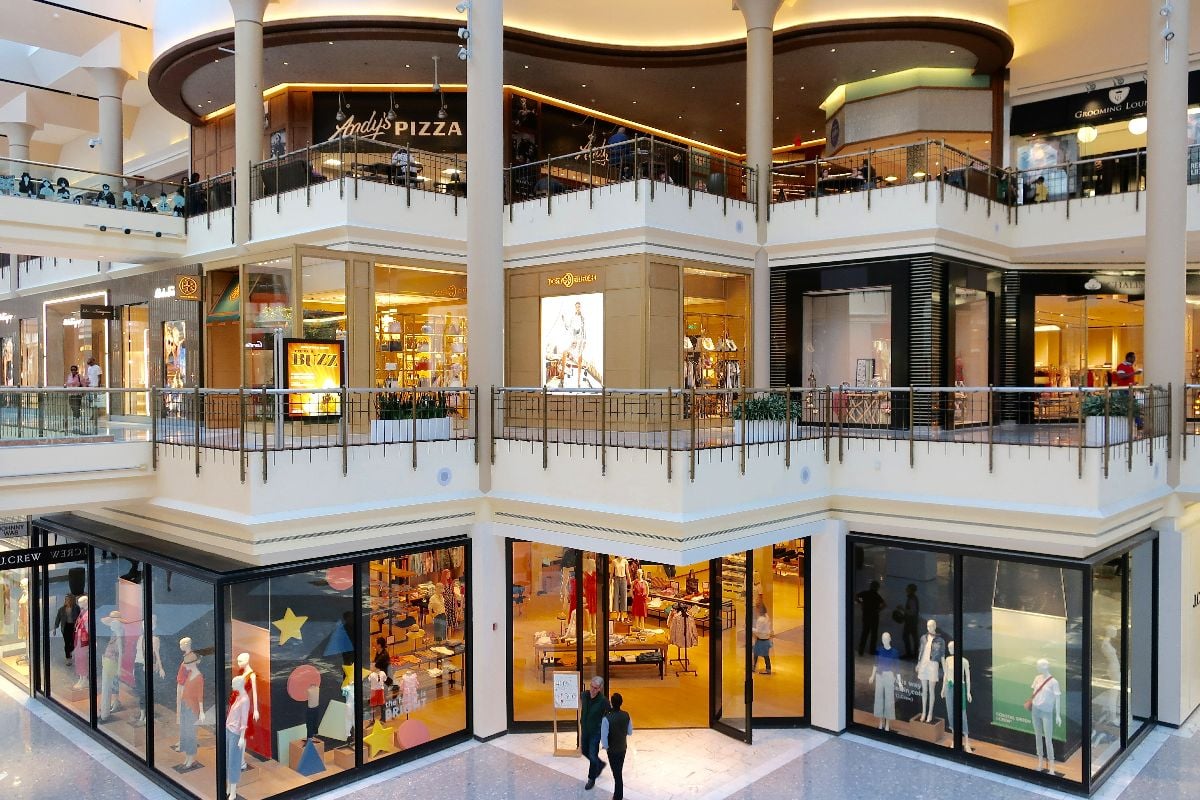
Before Tysons became a corporate office complex with its own Metro stops, it was just a really good mall that felt like the height of sophistication. You’d drive there for serious shopping trips that felt like expeditions to the big city.
The mall had every store you could imagine, a food court that seemed enormous, and crowds that made it feel cosmopolitan. Going to Tysons meant dressing up because you might see someone important or at least someone from a different county.
Tysons represented everything exciting about Northern Virginia—growth, prosperity, and connection to the larger world. It was proof that Virginia was becoming something bigger than just a Southern state.
18. WMZQ Country When Country Music Wasn’t Pop
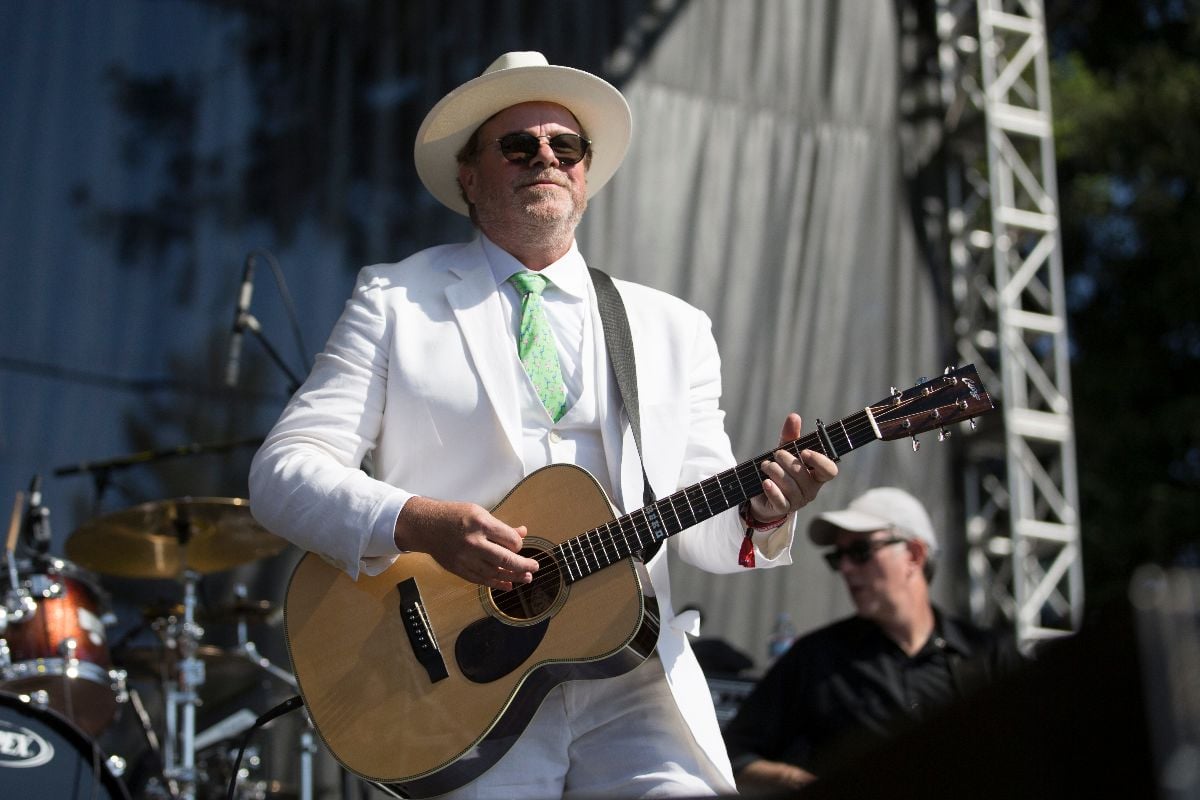
WMZQ played real country music before country became pop music with twang. Hank Williams Jr., George Strait, and Randy Travis were creating music that sounded authentically country rather than manufactured for crossover appeal.
You’d listen to WMZQ even if you weren’t particularly country because the music felt honest and the DJs seemed like real people rather than corporate personalities. Country music still told stories about real people living real lives.
Virginia country radio reflected the state’s rural heritage while acknowledging its suburban future. You could appreciate both without feeling like you had to choose between authenticity and accessibility.
17. Virginia Beach When It Was Still Affordable

Virginia Beach in the ’80s was where Virginia families went for vacation without taking out second mortgages. The strip wasn’t overrun with chain restaurants, and you could afford a week at the beach without financial planning.
You’d stay in family-owned motels that had character and charm rather than corporate efficiency. The boardwalk had local businesses owned by people who actually lived there year-round. Everything felt more personal and less commercialized.
Virginia Beach represented an accessible paradise—close enough to drive to, affordable enough for middle-class families, and fun enough to create memories that would last decades. It was Virginia’s version of the American dream.
16. The Chrysler Museum When It Was Actually Free
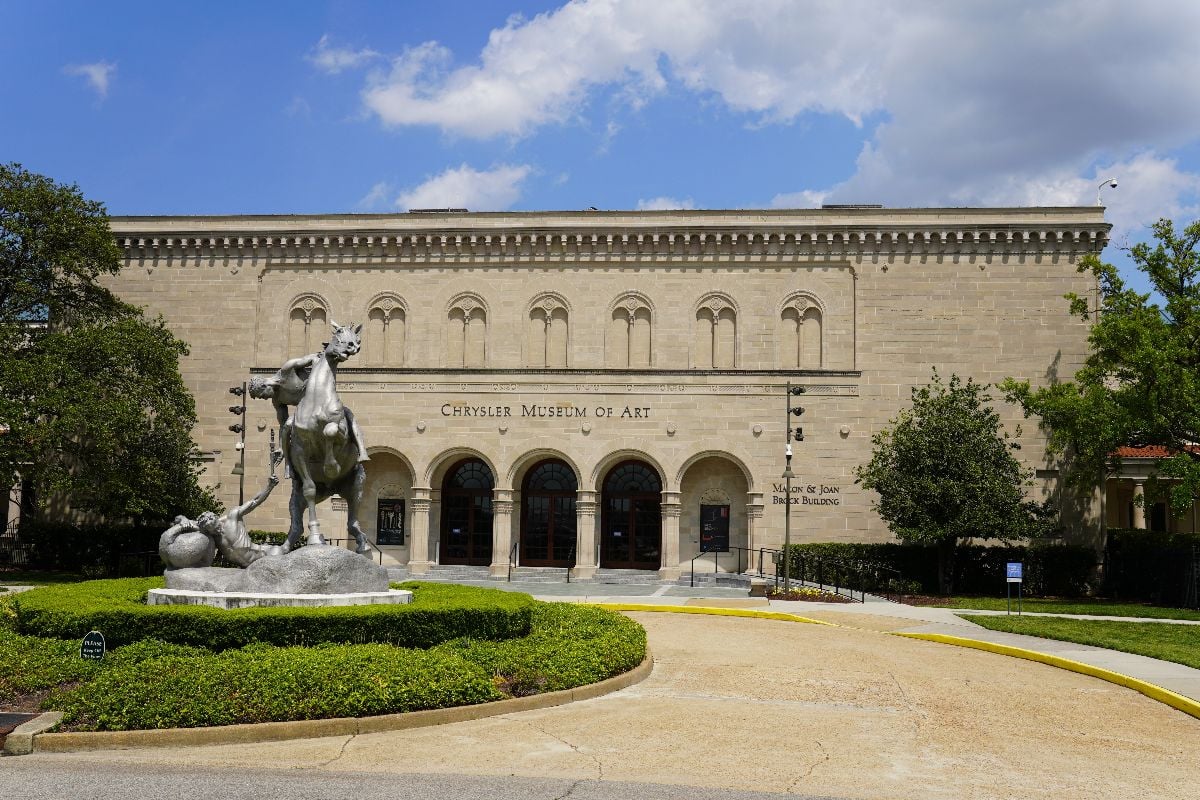
The Chrysler Museum in Norfolk was a genuine cultural treasure that you could visit without paying admission. You’d go on school field trips and family outings that made art feel accessible rather than elitist.
The museum had world-class collections in a beautiful building that made you proud of Virginia’s cultural sophistication. You’d see glass art, American paintings, and traveling exhibitions that connected Norfolk to the international art world.
Free admission made the museum feel like a community resource rather than a tourist attraction. You could visit regularly, explore slowly, and develop genuine appreciation for art without feeling pressured to get your money’s worth.
15. When Williamsburg Was Educational Instead of Just a Tourist Trap
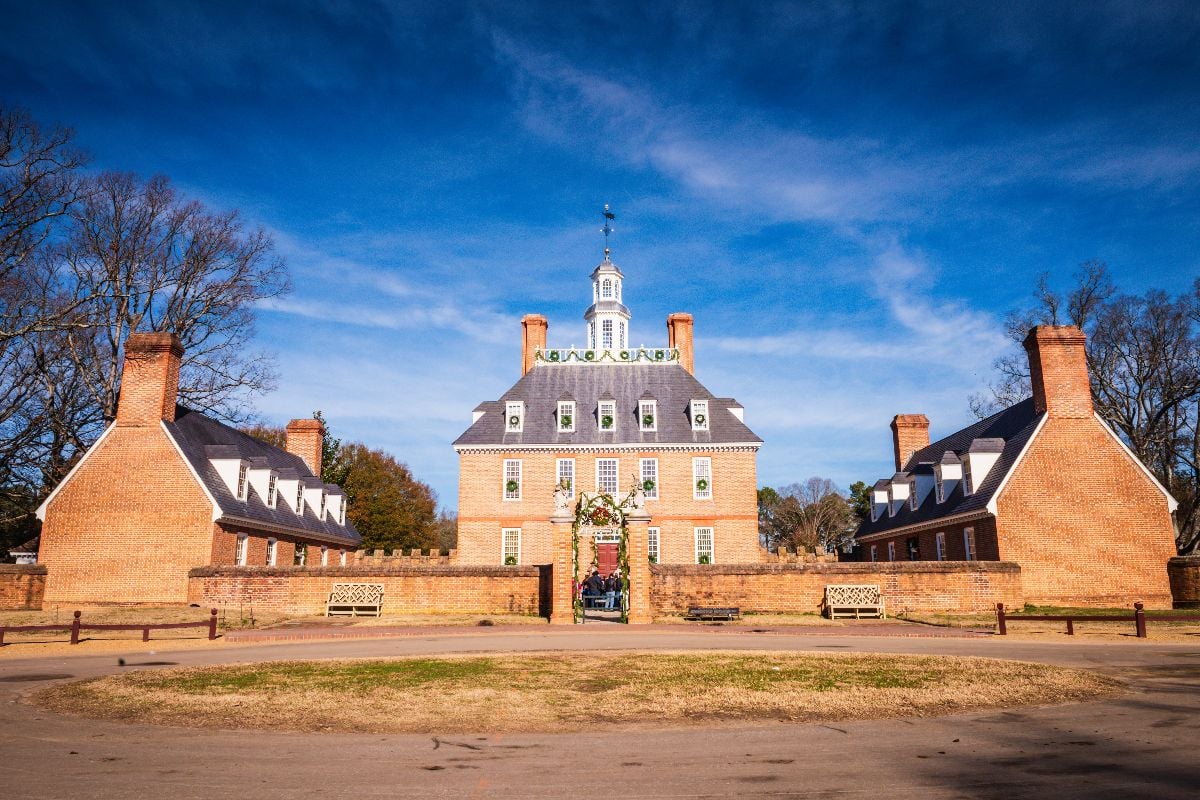
Colonial Williamsburg in the ’80s still felt like a living history lesson rather than a theme park with historical themes. The interpreters seemed genuinely knowledgeable, and the experience felt educational rather than just entertaining.
You’d visit on school trips that actually taught you about colonial life, government, and crafts. The buildings were historically accurate, the demonstrations were informative, and the whole experience felt like time travel rather than performance art.
Williamsburg represented Virginia’s unique position as the birthplace of American democracy. You’d learn about Jefferson, Washington, and the founding fathers in the places where they actually lived and worked.
14. UVA Basketball When They Were Actually Good
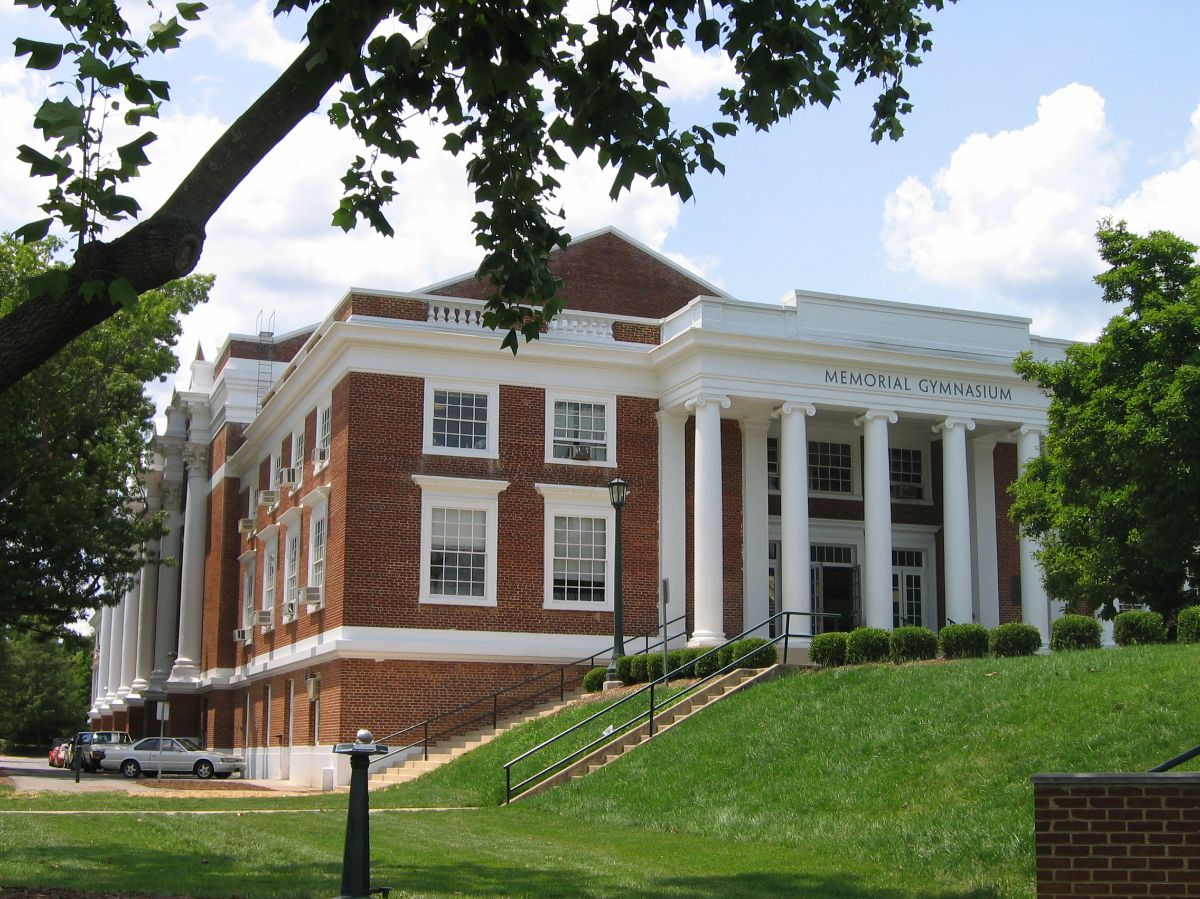
Ralph Sampson made UVA basketball nationally relevant, and for a few magical years, Virginia had a team that could compete with anyone. You’d watch games on TV and feel proud that a Virginia school was beating Duke and North Carolina regularly.
UVA basketball represented Virginia’s intellectual sophistication combined with athletic excellence. They proved that you could be academically elite and athletically competitive without compromising either standard.
Those teams created statewide pride that transcended usual college loyalties. Even Virginia Tech fans would cheer for UVA when they played against ACC rivals because beating Duke meant defending Virginia’s honor.
13. The State Fair in Richmond When It Was Still Innocent
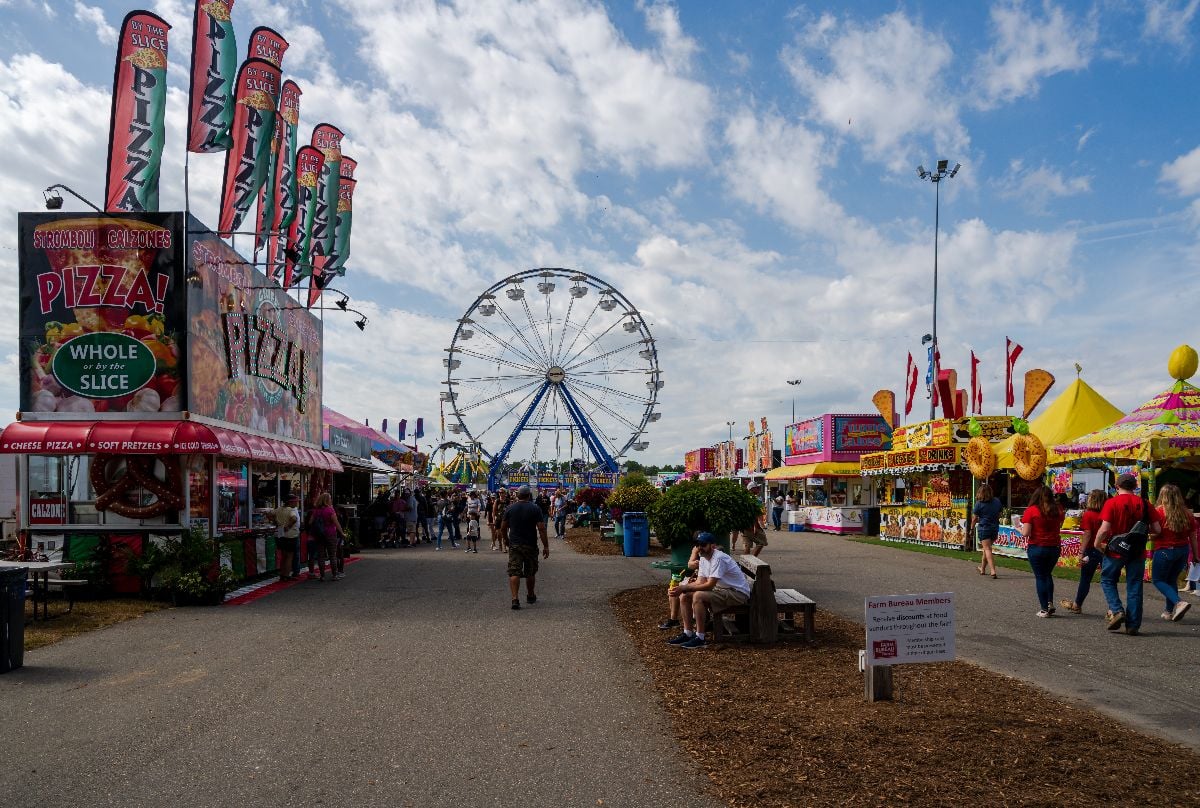
The State Fair of Virginia was pure Americana—agriculture displays, carnival rides, and food that would kill you slowly but deliciously. You’d go every year to see the same attractions and somehow never get bored.
The fair represented Virginia’s agricultural heritage, meeting suburban prosperity. You’d see prize-winning livestock, eat funnel cakes, and ride questionable carnival rides that probably violated several safety regulations.
State fair visits were family traditions that connected you to Virginia’s rural roots even if you lived in suburban developments. The fair was proof that Virginia hadn’t completely forgotten where it came from.
12. Drive-In Theaters Before They Vanished
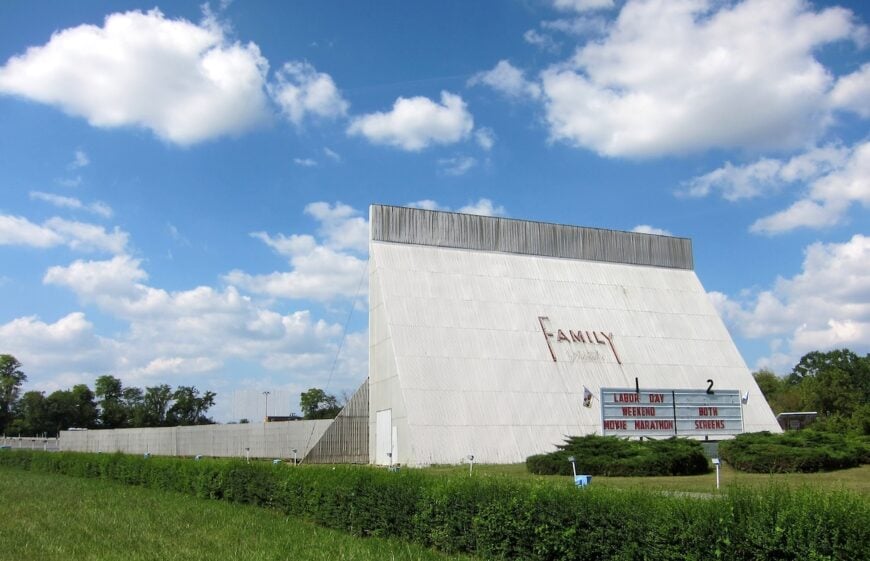
In the ’80s, Virginia kids still piled into the family station wagon for a night at the drive-in. You wore pajamas, brought a blanket, and hoped Dad didn’t park behind a car taller than the screen. The tinny speaker hanging from the window was barely audible, but it didn’t matter — the whole scene was the point.
Parents tried to pretend they came for the double feature, but really it was about corralling kids into the backseat with popcorn that ended up everywhere. You’d fall asleep halfway through Back to the Future or E.T., waking up only when the car rumbled to life for the long drive home.
By the late ’80s, drive-ins were disappearing, bulldozed into shopping centers and strip malls. But for Virginia kids who got to experience them, those nights of fireflies, bad sound systems, and star-filled skies were pure magic.
11. WRXL Before It Embraced Generic Corporate Radio
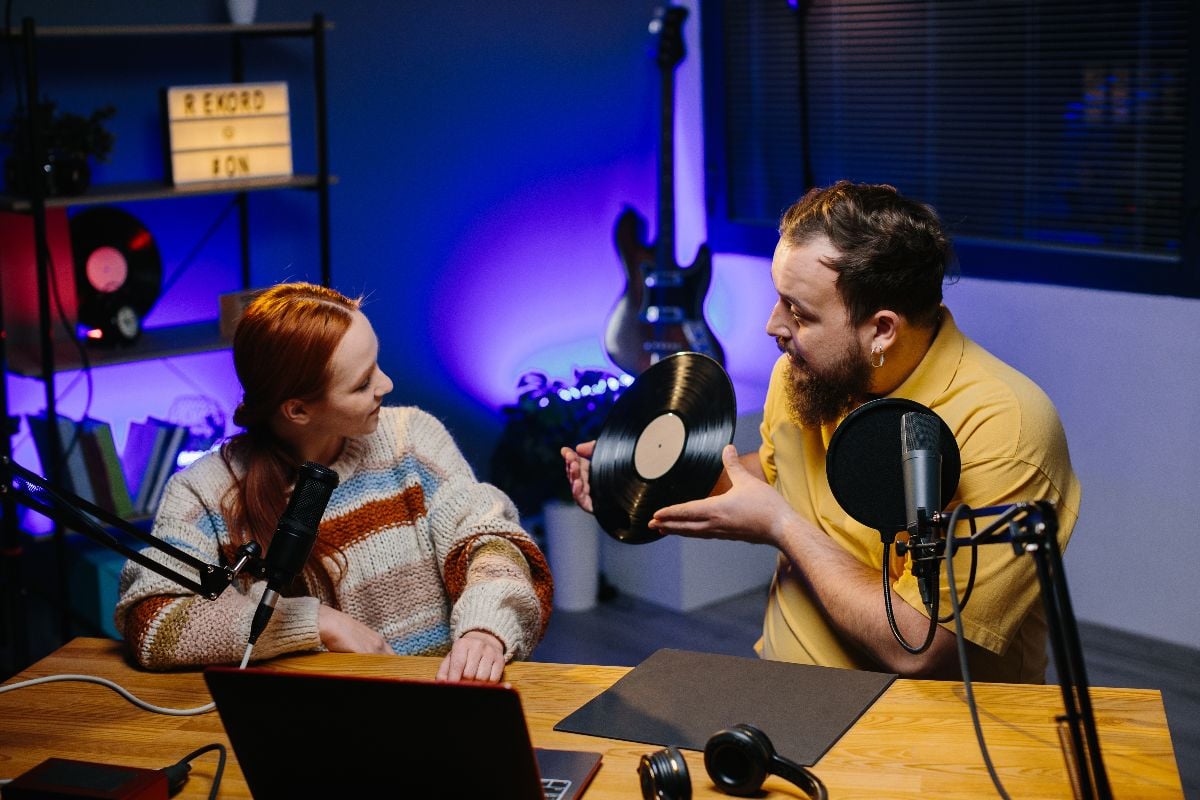
WRXL-FM, better known as XL102, played alternative and new wave music that you couldn’t hear anywhere else in Virginia. They were your connection to underground music scenes and bands that wouldn’t become mainstream for years.
The DJs had genuine musical knowledge and enthusiasm rather than corporate playlists and market research. They’d play deep cuts, local bands, and imports that made you feel like you were discovering secret musical treasures.
WRXL represented everything great about ’80s radio—willingness to take risks, genuine musical passion, and connection to local music communities. They proved that Virginia could be musically sophisticated without imitating New York or Los Angeles.
10. Richmond’s Fan District When Artists Could Still Afford to Live There
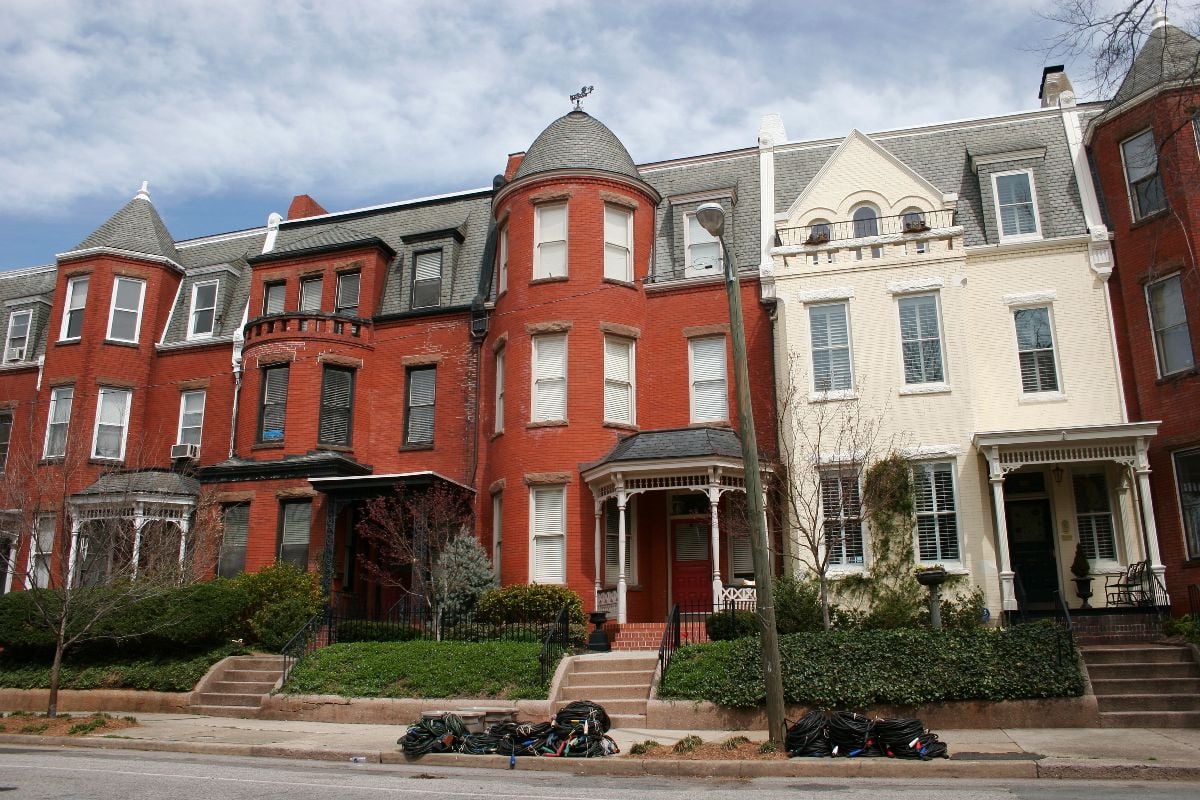
The Fan District was where Richmond’s creative community lived because rents were affordable and the neighborhood had character. Artists, musicians, and writers could actually afford apartments in beautiful historic buildings.
You’d see local bands playing in clubs, art students from VCU creating murals, and writers working in coffee shops that felt genuinely bohemian. The neighborhood had authentic creative energy rather than a manufactured hipster atmosphere.
The Fan represented Richmond’s cultural sophistication and affordability. You could be creative and artistic without requiring trust funds or day jobs that paid enough to afford expensive neighborhoods.
9. Go-Go and Hip-Hop Bringing the Noise
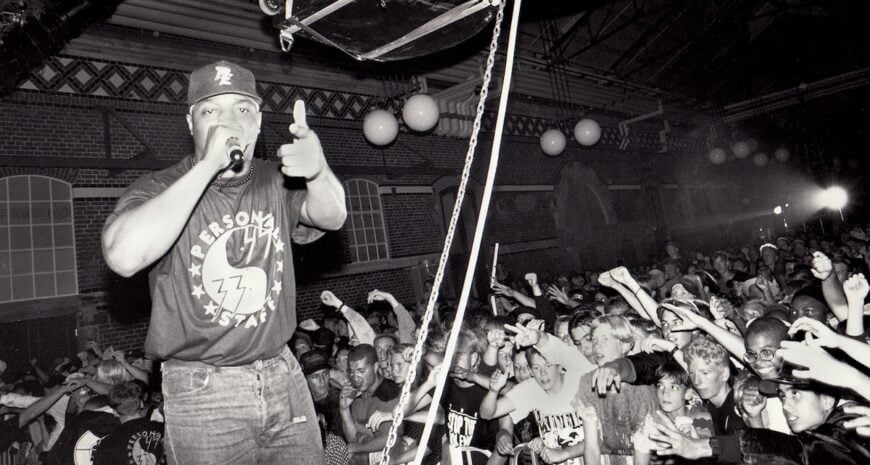
Growing up in Virginia in the ’80s, your soundtrack wasn’t just Top 40 radio — it was also the rumble of go-go and the first crackle of hip-hop slipping across the Potomac. Northern Virginia kids traded bootleg go-go tapes from D.C. schools, cranked Trouble Funk and Rare Essence at roller rinks, and practiced backyard bucket beats trying to sound like the Junk Yard Band. It was music that felt like it belonged to you and your neighborhood, not some faraway record company.
By the mid-’80s, hip-hop was arriving the same way — passed hand-to-hand on cassettes at school dances and blasted at skating rinks from Alexandria to Newport News. Run-DMC, LL Cool J, and Public Enemy landed in Virginia like UFOs, reshaping what kids thought music could be. You could hear “Rock Box” one night at the rink and see someone trying a wobbly moonwalk the next morning at school.
Virginia didn’t have its own rap stars yet, but the kids who would become Missy Elliott, Timbaland, and Pharrell were already soaking it all in. For them — and for every Virginia kid rewinding the same tape until it wore thin — the ’80s were the moment when beats from D.C. and New York collided with local culture, creating the foundation for what would eventually put Virginia on the hip-hop map.
8. The Blue Ridge Parkway Without Traffic Jams
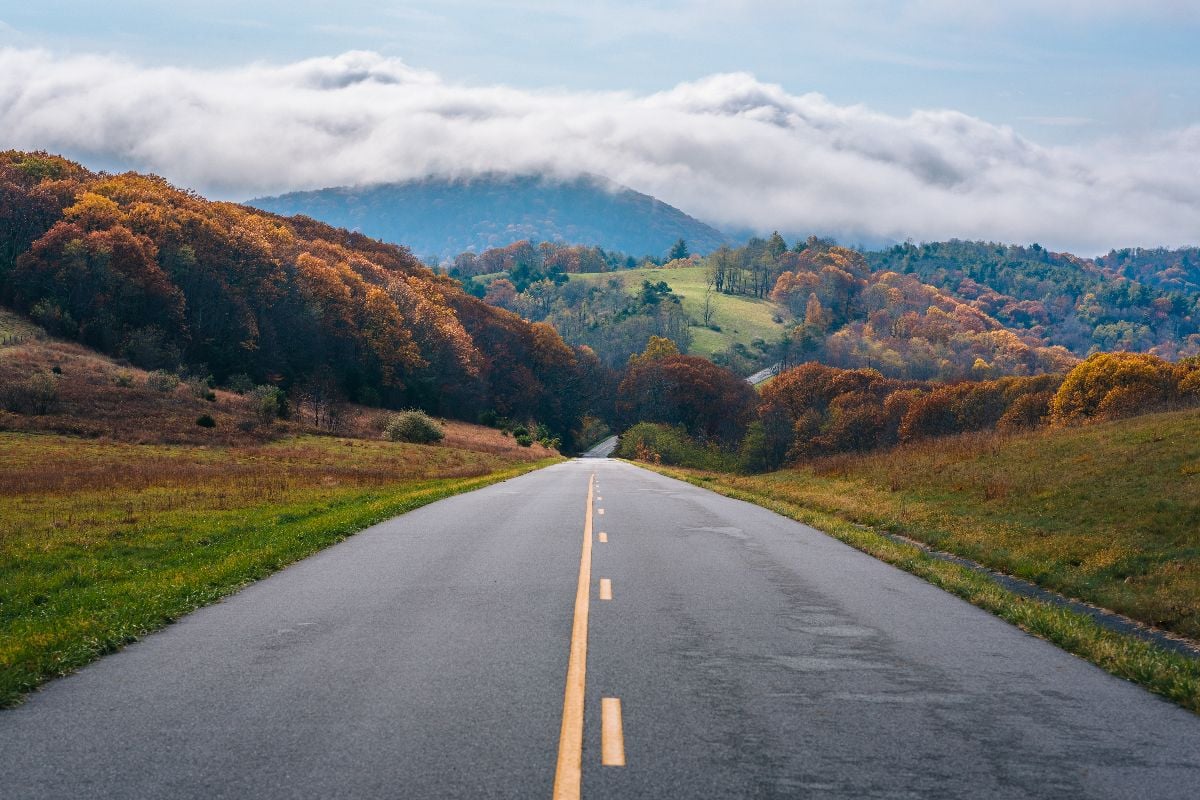
The Blue Ridge Parkway was a genuine scenic drive where you could actually enjoy mountain views without sitting in traffic. Weekend trips to Skyline Drive meant peaceful drives through beautiful landscapes.
You’d take family drives to see fall foliage, visit Shenandoah National Park, and eat at mountain restaurants that weren’t overrun with tourists. The mountains felt accessible and peaceful rather than crowded and commercialized.
Virginia’s mountains represented an escape from suburban life without requiring major travel. You could reach genuine wilderness and natural beauty within a few hours’ drive from anywhere in the state.
7. When Richmond Had a Minor League Baseball Team
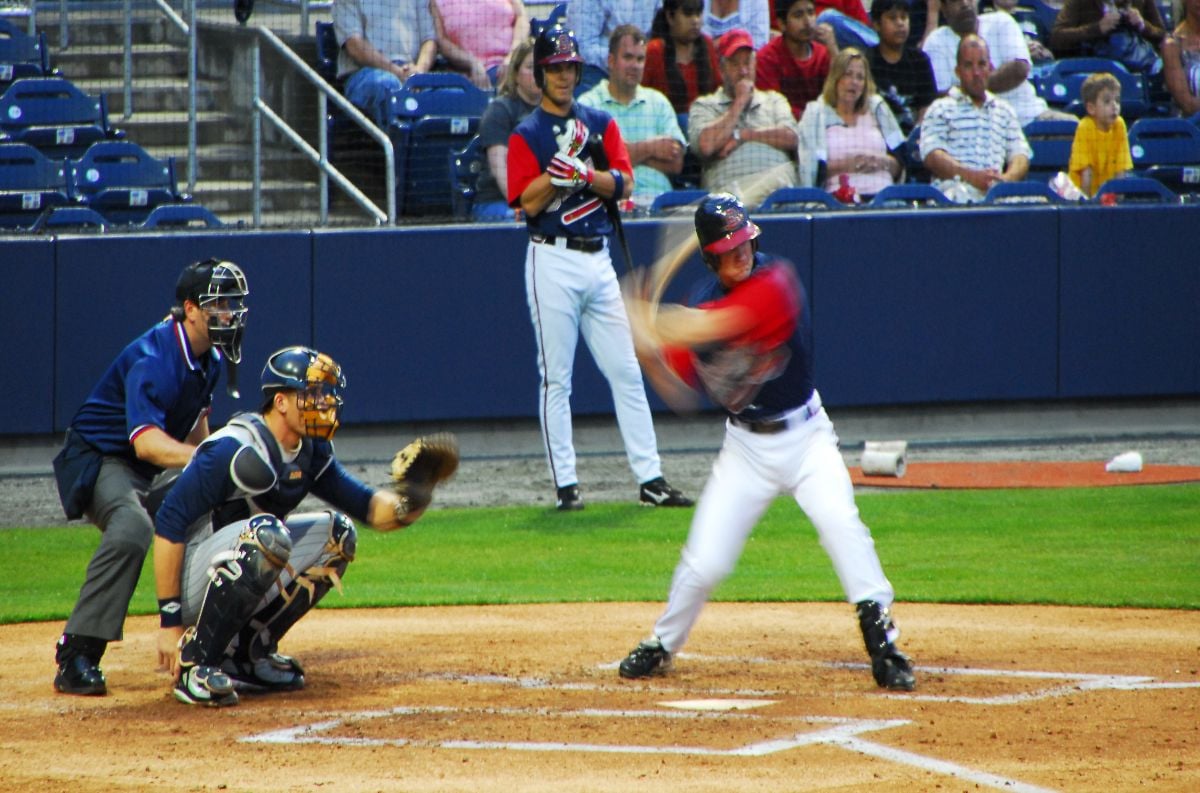
The Richmond Braves gave the city professional baseball without the corporate atmosphere of major league sports. Games felt like community events where you could actually see the action and afford to attend regularly.
You’d go to games at Parker Field and feel connected to both Richmond and the larger baseball world. Minor league baseball represented hometown pride and athletic excellence without the pressure and expense of major league sports.
The Braves created summer traditions and family memories that connected Richmond to America’s pastime. Baseball felt accessible and fun rather than expensive entertainment for special occasions.
6. Going to Virginia Beach Summer Concerts When Music Felt Local
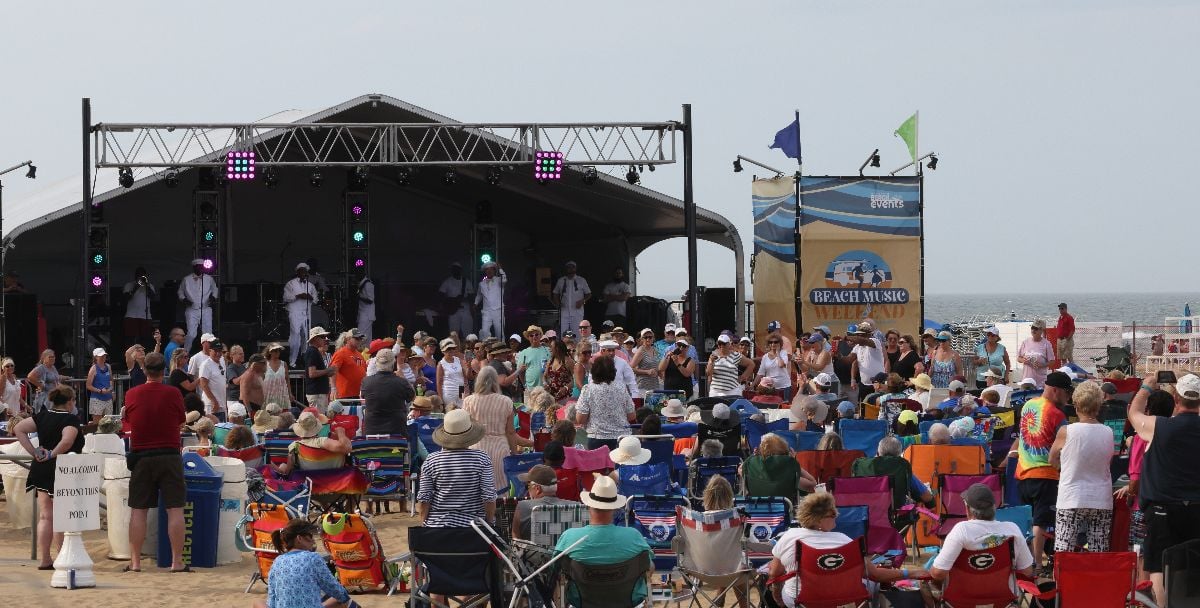
Virginia Beach had summer concert series and music events that felt genuinely connected to the local scene rather than corporate entertainment packages. You’d discover bands at outdoor venues and beachfront shows that created real musical memories.
You’d spend summer evenings listening to bands you’d never heard of and buying albums from artists you’d just discovered. The focus was on music discovery rather than celebrity worship or social media documentation.
These events represented Virginia Beach’s cultural ambitions beyond just being a tourist destination. The city was building a music scene that felt authentic and connected to the community rather than just importing big-name acts for visitors.
5. When Norfolk Had a Real Downtown
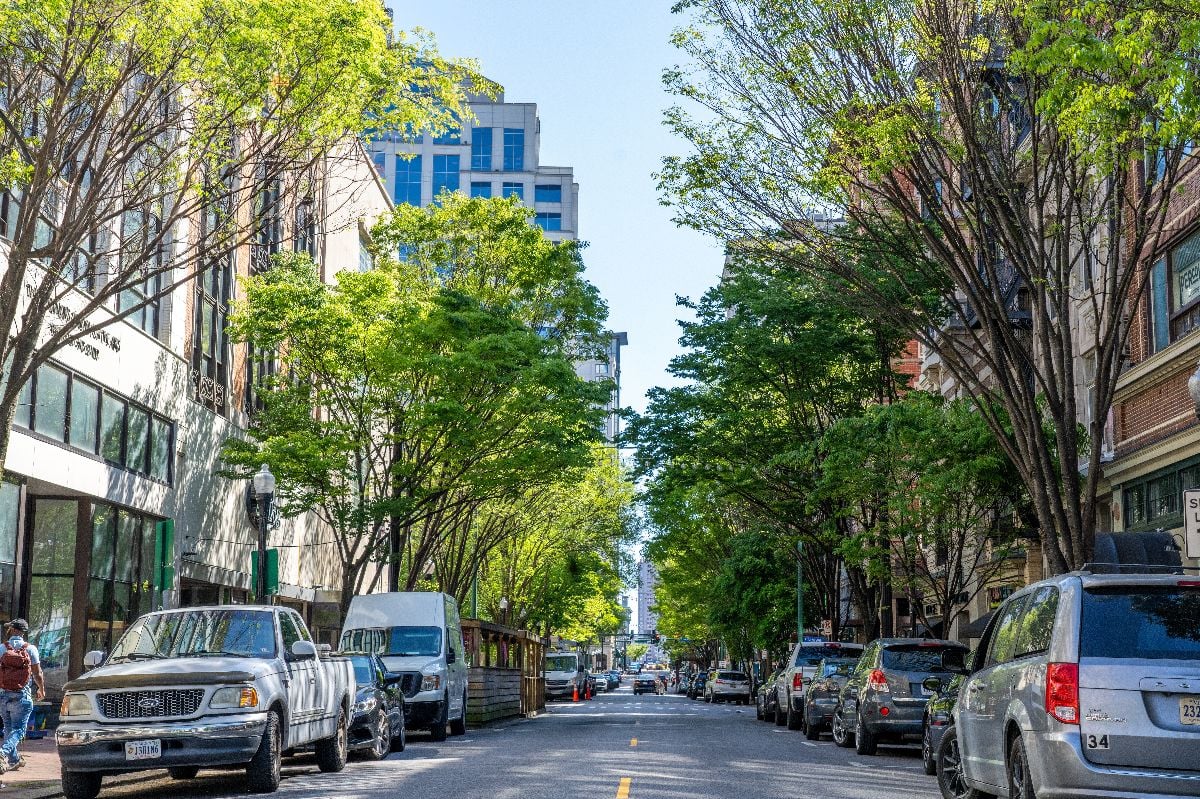
Norfolk’s downtown felt like a genuine city center with businesses, restaurants, and entertainment that served local residents rather than just tourists. The area had character and life rather than corporate development.
You’d go downtown for concerts, restaurants, and shopping that felt authentically urban. The city had ambition and energy that made it feel like it was becoming something important rather than just surviving.
Norfolk downtown represented Hampton Roads’ urban sophistication and cultural possibilities. The city felt like it was growing into something significant rather than just maintaining what already existed.
4. Driving to DC When It Wasn’t a Nightmare
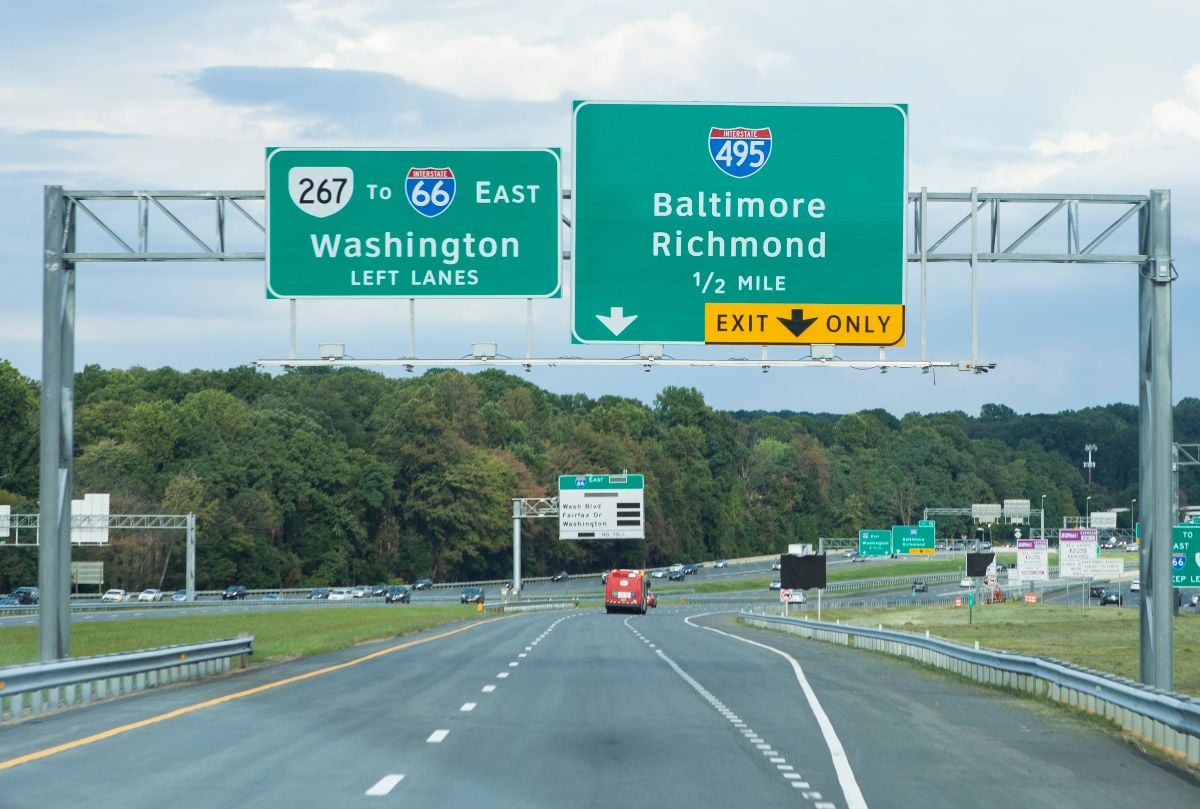
Driving from Richmond or Norfolk to Washington DC was an adventure rather than an ordeal. Traffic was manageable, parking was possible, and the trip felt like visiting the big city rather than navigating a war zone.
You’d drive to DC for museums, concerts, and special events without requiring detailed planning or financial preparation. The city felt accessible and welcoming rather than overwhelming and expensive.
DC represented culture and sophistication that was within reach of Virginia families. You could expose your kids to world-class museums and the national government without major logistical challenges.
3. When VCU Was Just an Art School
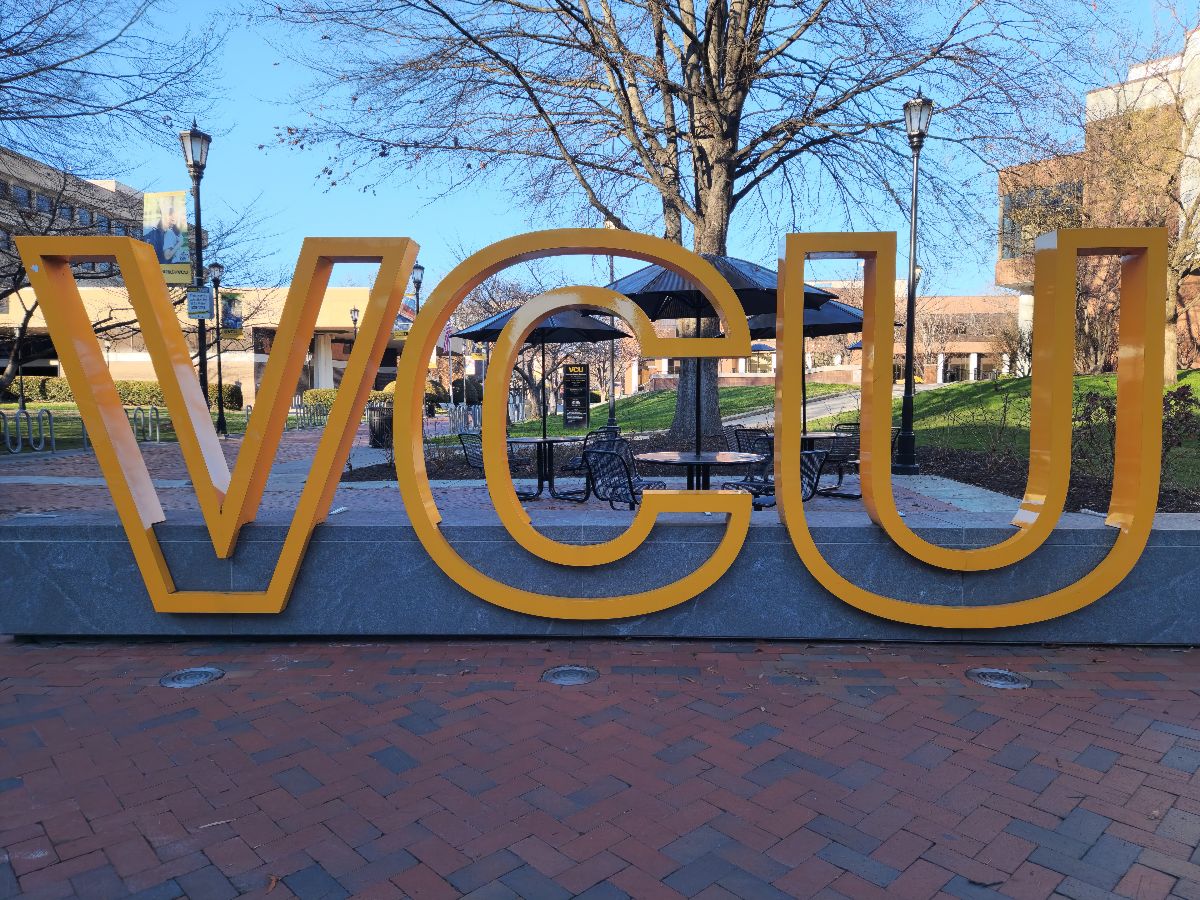
Virginia Commonwealth University was primarily known for its art program rather than as a comprehensive research university. The school had a more focused identity and a genuine connection to Richmond’s creative community.
VCU students seemed like genuine artists and designers rather than career-focused professionals. The school felt integrated into Richmond’s cultural life rather than separate from the broader community.
The university represented Richmond’s artistic ambitions and creative possibilities. VCU was proof that Virginia could compete culturally with larger cities and more established art schools.
2. Norfolk State’s Spartan Legion Owning Halftime
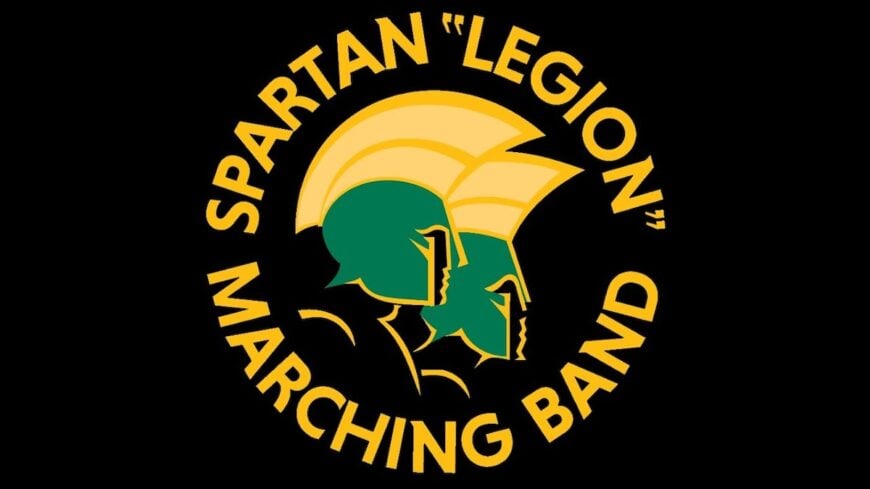
Growing up in Virginia in the ’80s, football games at Norfolk State weren’t really about the scoreboard — they were about the Spartan Legion. That marching band could outshine the team tenfold, blasting brass and pounding drums that made the bleachers shake like an earthquake. Halftime wasn’t a break; it was the main event.
Kids sat wide-eyed as the drumline ripped into cadences, dancers snapped into perfect routines, and the horns carried songs that felt bigger than the stadium itself. You didn’t just hear the music — you felt it in your ribcage, and you took it home, tapping rhythms on your school desk the next Monday.
The Spartan Legion wasn’t just a band; it was a cultural beacon. For kids in Norfolk, Portsmouth, and Hampton, those halftime shows were proof that music, discipline, and showmanship could electrify an entire community. Long before Pharrell or Missy put Virginia on the national stage, the Spartan Legion gave kids their first taste of what Virginia sound and swagger really looked like.
1. Kings Dominion vs. Busch Gardens Loyalty Wars
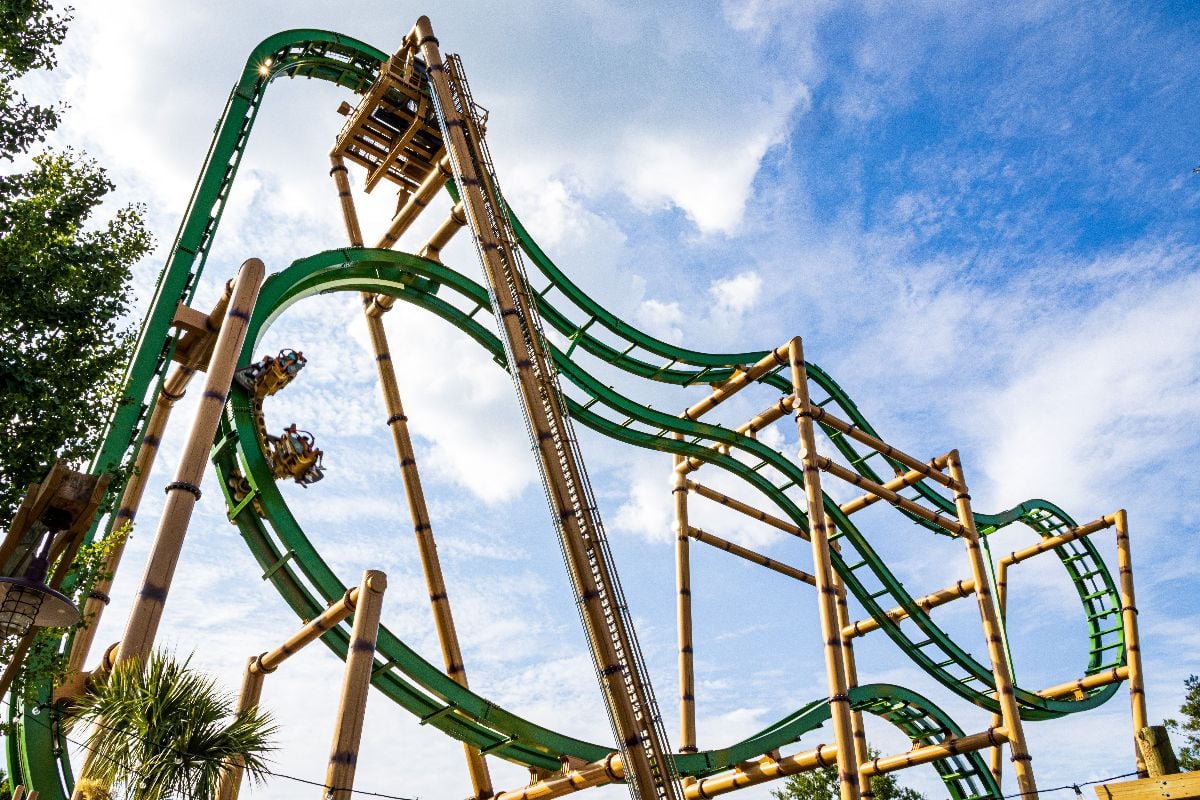
You were either a Kings Dominion family or a Busch Gardens family, and this choice defined your entire approach to amusement parks. Kings Dominion had more rides and shorter lines. Busch Gardens had better theming and a classier atmosphere.
The Rebel Yell versus the Big Bad Wolf. The Grizzly versus the Loch Ness Monster. These weren’t just roller coaster preferences—they were statements about what you valued in theme park experiences. Speed and thrills versus style and atmosphere.
You’d defend your family’s choice passionately while secretly wondering what you were missing on the other side.





